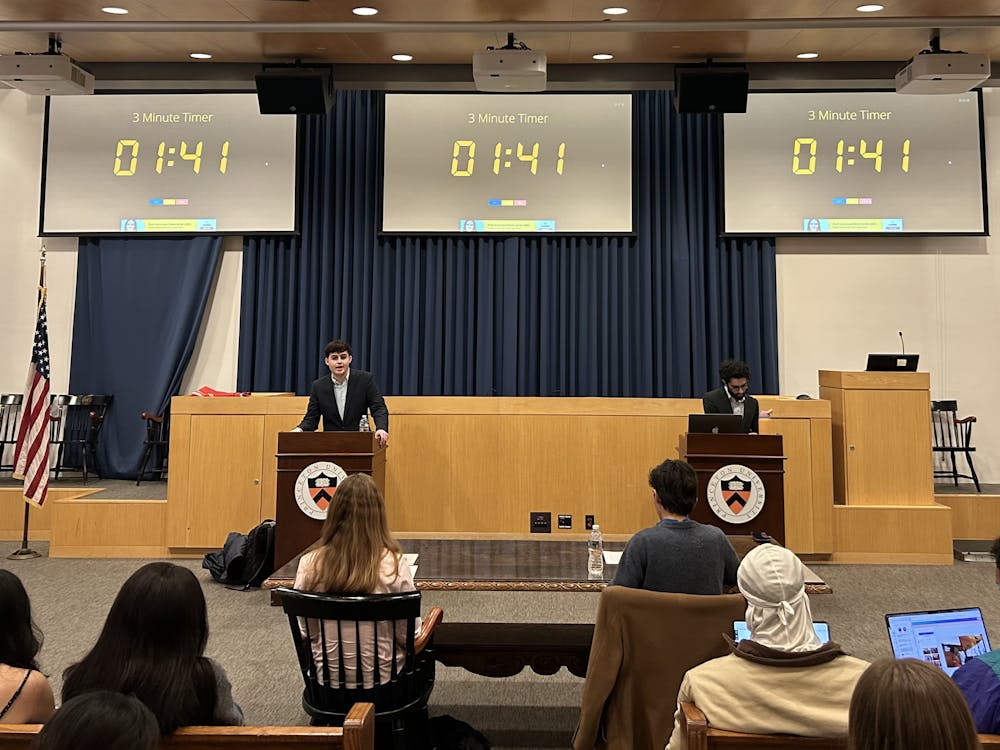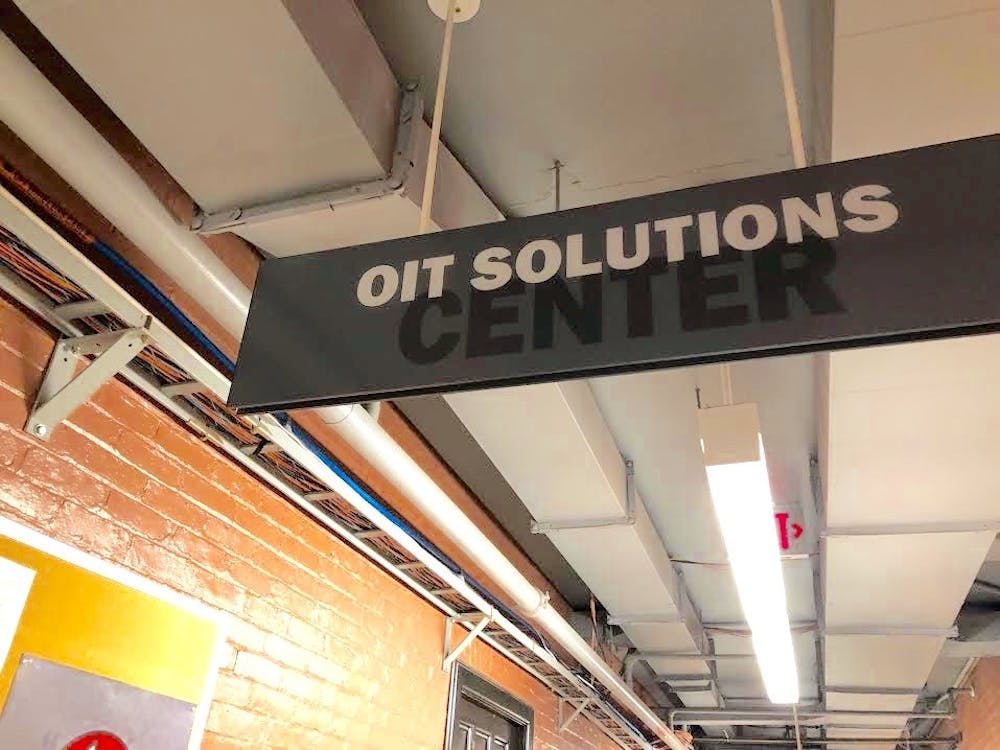I always knew the day would come when the world finally gave duct tape its due. Apparently it has made the transition from a matter of patching leaky pipes to a matter of national security. My hyperactive, pyromaniac, duct tape-obsessed 6th-grade friends would be having a field day right now. No doubt some of my 16th-grade friends are.
But first, a bit of history. In case you don't remember, during the heyday of the Cold War, American schoolchildren were exhorted to "duck" under their desks and "cover" their heads in the event of a nuclear blast. Instructional videos on "duck and cover" inevitably elicit laughter and ridicule today.
Americans are once again receiving dubious, yet psychologically comforting advice on protecting themselves from chemical and biological attack by "sealing off" a room with duct tape and plastic sheeting. "Duct tape and cover," as a number of writers have jokingly referred to this advice, is not just an idea conceived by survivalists in the backwoods, but an official suggestion on www.ready.gov, a website run by the nascent Department of Homeland Security.
I am not an expert in vacuum technology or in procedures for preventing the spread of airborne microbes, but if you think about it for a minute, you realize there is no way "duct tape and cover" can work. If you completely seal off a room and get inside it, then after a while you won't be able to breathe because there's no air circulation. However, if there is air circulating into the room, then you have not sealed it, so it seems to me that "duct tape and cover" is a complete waste of time. A recent posting by a blogger named Brad Boydston expresses this point well: "Duct tape holds the world together (and removes warts) —but really there are limits to what it can do. Really."
Obviously, safety in the midst of airborne chemical or biological agents requires complete separation between you and the agents. I do not believe this is a trivial thing that can be jury-rigged with duct tape and plastic sheeting, unless you're MacGyver, of course. Since you cannot breathe contaminated air, it also requires either an independent life support system, like that of a space ship, or air filters with a mesh small enough to block any contaminants you might encounter. Most people are not likely to be able to afford such a system for their houses.
Advice like "duct tape and cover" seems geared mostly toward making people feel less panicked and paranoid by giving them something to do to prepare, regardless of whether that something will actually improve their chances of surviving a biological or chemical attack. I would gratefully appreciate opinions to the contrary from anyone with relevant expertise.
In all fairness, the reality is that there appears to be very little people can do to prepare for such an attack, so the best policy for the DHS is to try to prevent people from panicking, which is exactly what "duct tape and cover" can do. Despite its absurdity, it is probably the best advice they can give people.
While I dispute some of the bizarre suggestions from the DHS, I do not seek to dissuade people from preparing for an emergency. It never hurts to be prepared, and stocking up on things like food, water, and medical supplies is always a good idea even in the absence of a terrorist threat.

Similarly, I am not trying to disparage the general efforts of the DHS to educate people. As several writers have noted, one positive thing to come of the duct tape craze is that now people are focusing on preparing for an emergency rather than just locking themselves in their houses. I would encourage you to visit www.ready.gov and educate yourself, even if all you learn is how to put a handkerchief over your nose and mouth. Then you'll know . . . "and knowing is half the battle" to quote G.I. Joe. My 6th grade friends would be proud.
Eric Harkleroad is a physics major from Overland Park, Kan.








